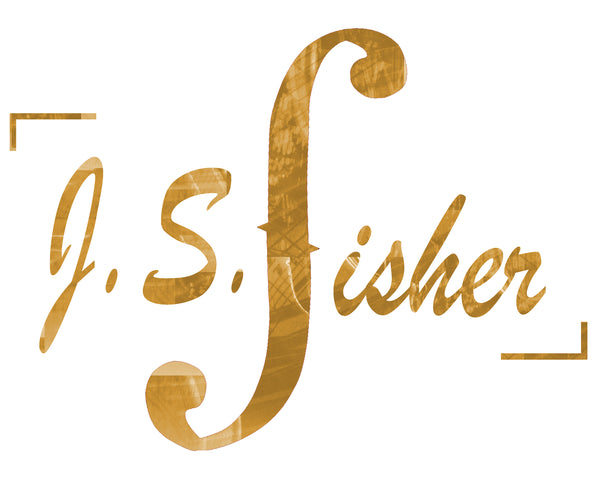
The names of these lines can easily be remembered by this timeless mnemonic: Every Good Boy Does Fine. (Personally, I prefer the variation used by my daughter's piano teacher: Every Good Burger Deserves Fries.) Feel free to make up your own!
Between each line is a space:

The names of the spaces, from bottom to top, spell the word FACE.
Notes that are written lower on the staff are lower in pitch (sound lower), and those written higher on the staff are higher in pitch (sound higher).
Notice that the notes are named after the first seven letters of the alphabet, A, B, C, D, E, F, G. Also note that they go in order from lower to higher on the staff. The lowest line is E. The lowest space is F. Then comes the next line, G, then the space A, then the line B, etc.
If you've played other instruments, you may be aware that music is written differently for different instruments. Different clefs are used depending on the instrument's range, which may designate a different arrangement of notes than what I've described, above. A full discussion of this topic is beyond the scope of this mini-tutorial. But, suffice to say that the violin always uses the G or treble clef, so you can count on the notes above always being exactly the same.
